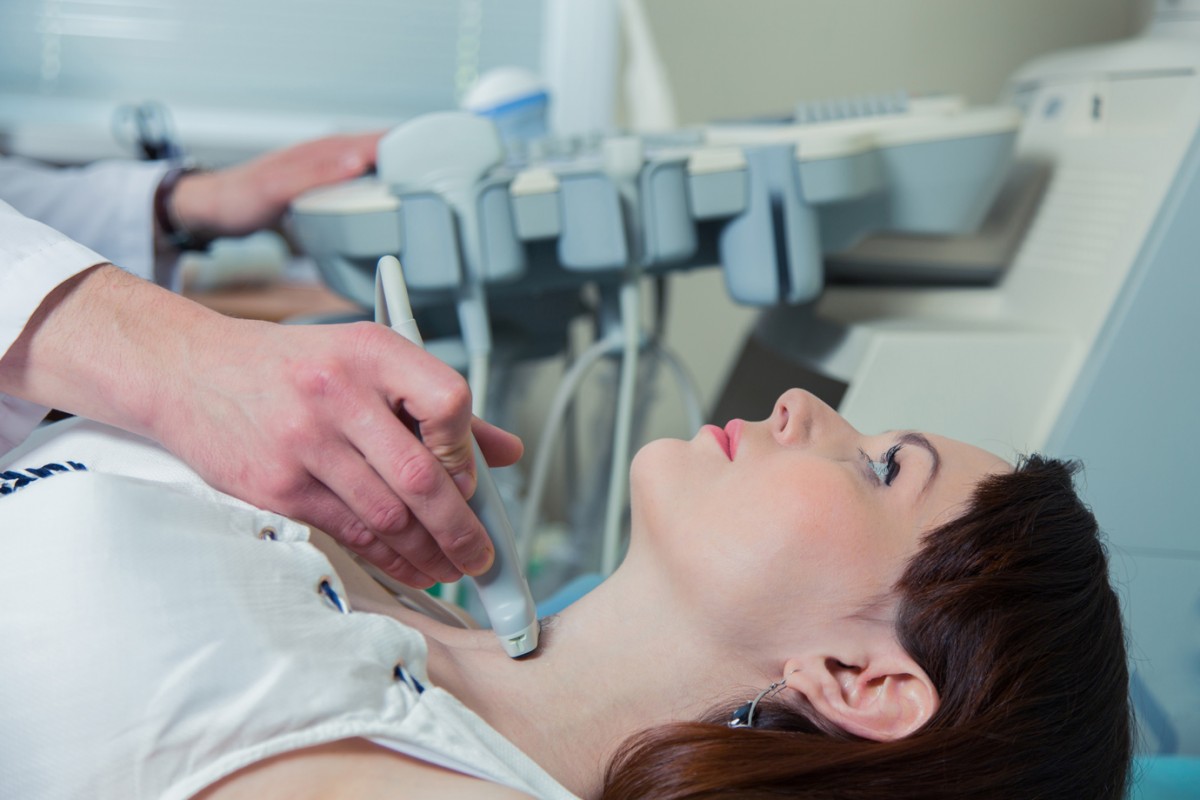
The goal of treating hypothyroidism is to replace the deficient thyroid hormone. This is done with oral medication, using the synthetic thyroid hormone thyroxine (T4) or levothyroxine. This treatment is proven to be safe and effective with more consistent results.
Most people notice an improvement in their symptoms within two weeks of starting treatment, however, if the problem is severe, it may take longer to take effect. It may also take some time for the doctor to determine the right level of medication to keep the hormone levels in check.
Drawbacks to treatment options
The thyroid produces two thyroid hormones, triiodothyronine (T3) and thyroxine (T4). In the past, before levothyroxine was synthesized, desiccated animal thyroid (Armour)—now mainly obtained from pigs—was the most common form of thyroid therapy. Since they are not purified, they contain hormones and proteins that never existed in the body outside the thyroid gland. While they also contain T4 and T3, the balance of T4 and T3 in animals is not the same as in humans, so the hormones in desiccated animal thyroid pills are not necessarily “natural” for the human body, nor are the chemicals that are used to hold the pill together.
Furthermore, there can be some variability in the amount of thyroid hormone per pill, which makes monitoring thyroid hormone levels challenging. There is no evidence that desiccated thyroid pill has any advantage over thyroid hormone thyroxine (T4).
Cytomel or T3 was also used before T4 was synthesized. Most of the T3 in the body comes from the conversion of T4 to T3, a process that is normal even in hypothyroid patients. T3 has a very short life span in the body. After taking a tablet of cytomel, there is a very high level of T3 for a short time, and then it falls rapidly. It is impossible not to have too much thyroid hormone in the body soon after taking T3. High T3 levels can lead to unpleasant symptoms, such as palpitations, anxiety and insomnia, and it can also cause harm to the heart and the bones. T3 should not be used alone in the treatment of hypothyroidism.
Some hormone preparations containing T4 and T3 (Thyrolar) are available in the United States. Combination T4/T3 contain much more T3 than what is normally produced by the body, which can produce the same side effects as taking T3 alone. It is a medication that is taken once a day, which ignores the short life span of T3 in the body.
Patient-specific treatment
Certain conditions may require adjustments in thyroid hormone treatment. In patients who are older or who have a weak heart, thyroid hormone may increase stress on the heart, so a lower dose is needed. Pregnant women may need higher doses; after the baby is delivered, the dose may need to be adjusted.
Patients are typically on thyroid hormone replacement medication for life. Regular follow up with an endocrinologist is necessary to ensure proper thyroid hormone levels.
See the post on causes and symptoms of hypothyroidism, and contact us with questions or to make an appointment.
The thyroid is a butterfly-shaped gland in the front of the neck, just below the larynx, or voicebox. It produces two thyroid hormones, triiodothyronine (T3) and thyroxine (T4). These two hormones regulate metabolism, which is how the body uses and stores energy. It also affects organs, from the digestive system to brain function and development.
The pituitary gland makes TSH, which regulates the amount of thyroid hormone made by the thyroid gland.
 (541) 233-4357
(541) 233-4357 

 We are a NCQA Recognized Medical Home. The NCQA Patient-Centered Medical Home standards emphasize the use of systematic, patient-centered, coordinated care that supports access, communication and patient involvement.
We are a NCQA Recognized Medical Home. The NCQA Patient-Centered Medical Home standards emphasize the use of systematic, patient-centered, coordinated care that supports access, communication and patient involvement.